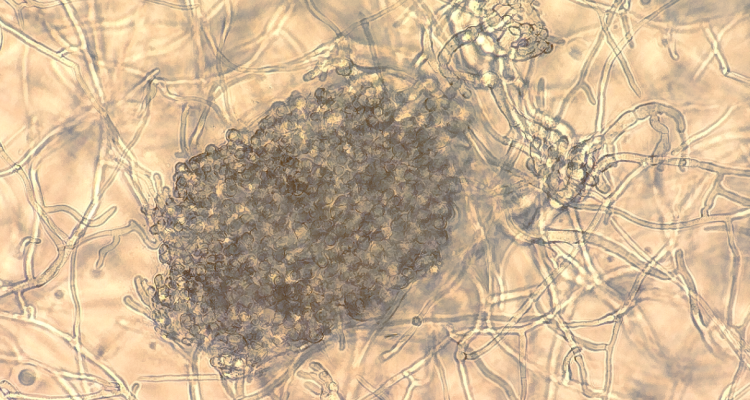
Project
Regulation of infection structure development in Botrytis cinerea
Plant infection by a pathogen starts with penetration of the surface. For this purpose, the fungus Botrytis cinerea can develop two types of specialized structures; a single-celled appressorium and a large complex infection cushion. In this project, we will study how external and internal signals are integrated to lead to the development of either an appressorium or an infection cushion.
Background
Infection structures are highly specialized structures formed by many pathogenic fungi. They stick to the plant surface and break through it by generating pressure and secreting cell wall degrading enzymes. To form a single-celled appressorium,
fungi detect information from the plant surface. These surface signals are then
integrated by a network of regulatory proteins. While this regulation is partly
understood in the single-celled appressorium, the regulation and physiology of
the infection cushion remains largely unknown.
Project description
In this project, we will study how B. cinerea integrates different signals to form an appressorium or an infection cushion. Firstly, we will identify which signals are important for infection structure development, and which signals may trigger the formation of one of the two structures. In the development, the information from the plant surface needs to travel to the fungal nucleus to trigger gene expression changes. We will study what role kinase signaling plays in this signal transduction process using phospho-proteomics. We will then study the effect on gene expression using RNA sequencing (transcriptomics). From these data we will use mathematical models to describe a pathway of penetration structure development, which will help in understanding how this fungus penetrates the host.